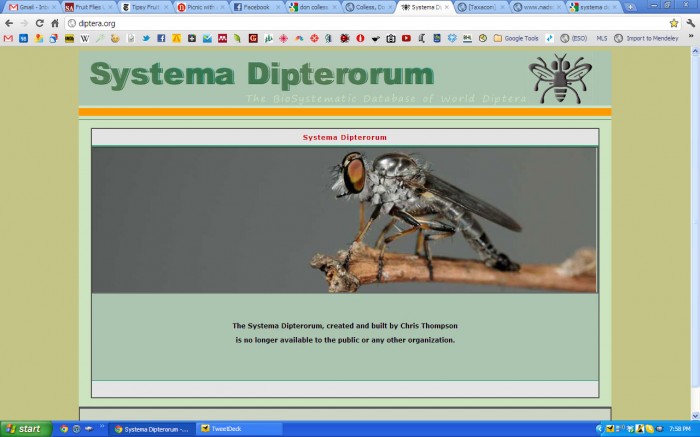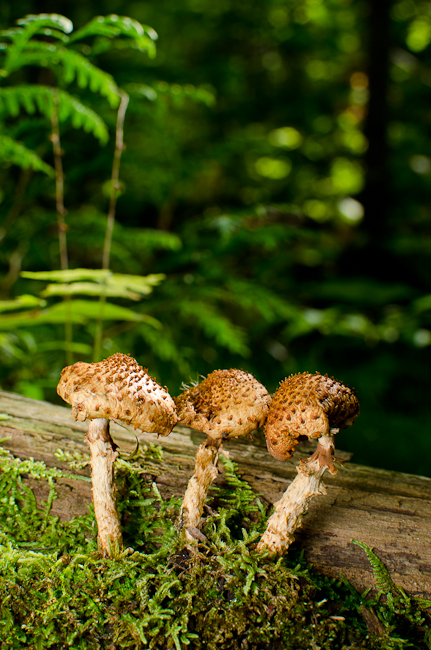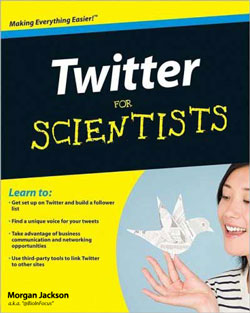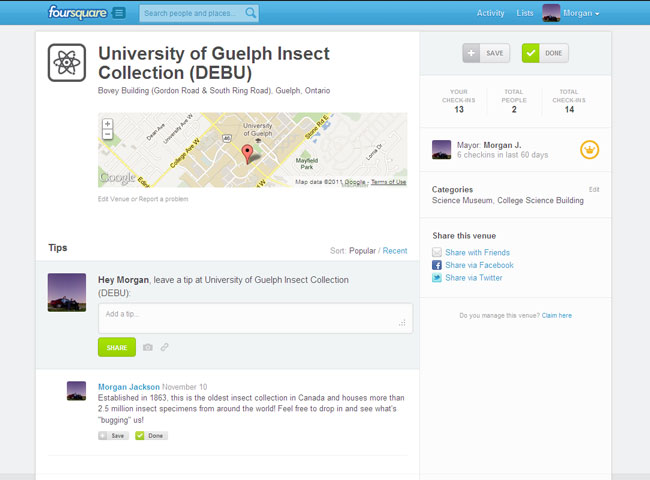I’d like to introduce Dr. Blake Bextine, an associate professor at The University of Texas at Tyler who specializes in the interactions between plants, insects and pathogens in agricultural ecosystems. While at the Entomological Society of America meeting in Reno last fall, I had the opportunity to hear Dr. Bextine speak on his use of Facebook to facilitate undergraduate student learning. I thought it was an interesting discussion and so I invited Blake to share his ideas here.
The statements that will be made in this article should be prefaced by saying that I have mixed feelings about technology in the classroom. On one hand, I am a strong believer that the one-on-one interactions between the student and teacher or between a student and another student are very difficult to replicate with technology. On the other hand, technology can facilitate these interactions by adding a forum where students that traditionally do not participate are more comfortable. I also teach in the sciences, not any other subjects, so I cannot comment on the outcomes of using technology (strictly on-line delivery) in other disciplines.
At the 2011 Southeast Branch ESA meeting I spoke at a session on Technology in Entomology Teaching and took the hardline against on-line teaching but heard several talks from people that have has much success using alternative delivery methods. Realizing that I had not taught this way before, I decided to give it a shot in the Fall 2011 semester in my Cell Molecular Biology class at the University of Texas at Tyler. I took a summer coarse on Technology in the Classroom and was ready to go with my new hybrid lecture course (50% in class/50% on-line) when the year began. I found both good and bad things came from my experience. One positive that surprised me was that students whom were usually quiet in class were more vocal in on-line discussion. Student comments were also easier to track and participation was easy to monitor. I found my way to engage them by tracking them. A negative that surprised me was that it was easy for me to start a discussion and then let the class go, which lead to me stepping away and engaging with them less. This brought a dilemma that I had not previously considered…we always talk about “student engagement”, but what about “teacher engagement”?
So, I think we have much to think about with respect to technology in the classroom. There is no “one size fits all” answer to being a proponent or opponent of the new teaching methods. To use a few clichés, we are operating in the “new normal” and there has been a “paradigm shift”. We need to utilize technology when it fits and avoid using it simply because it makes economic sense.
A major point that needs to be considered is what technology we should utilize. I have seen classes where students have to learn to use three computer programs to access class content. Often, we think students in this current generation all know how to use every type of technology we can throw at them…they don’t. In fact, many have limited knowledge, often not past using Apps on their smartphone. That is why I like to utilize technology that they are familiar with, like Facebook. It is free, almost everyone has seen it, and most people check it often throughout the day. The result is no learning curve and very fast adoption at the beginning of the semester. It provides a platform to post media, articles, and comments while organizing the posts in chronological order. Facebook is currently used in all my classes as well as my research laboratory. It has become the central way we keep in touch. In short, I am utilizing technology to better engage the students by meeting them halfway with “their” technology and as a side product, I have become better engaged in the process.









